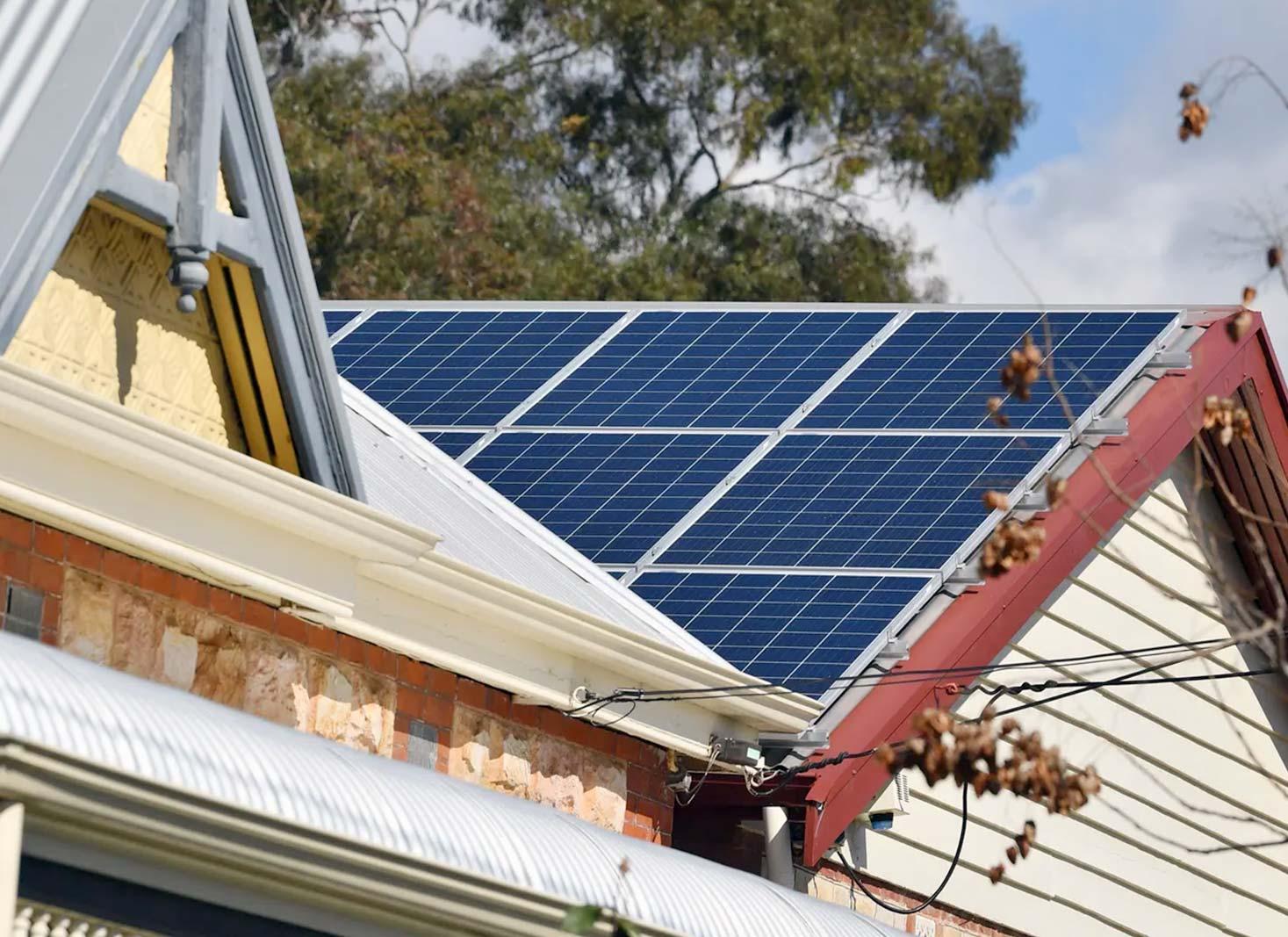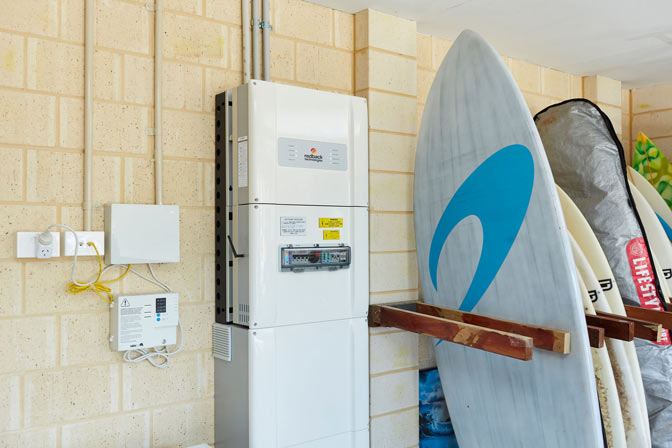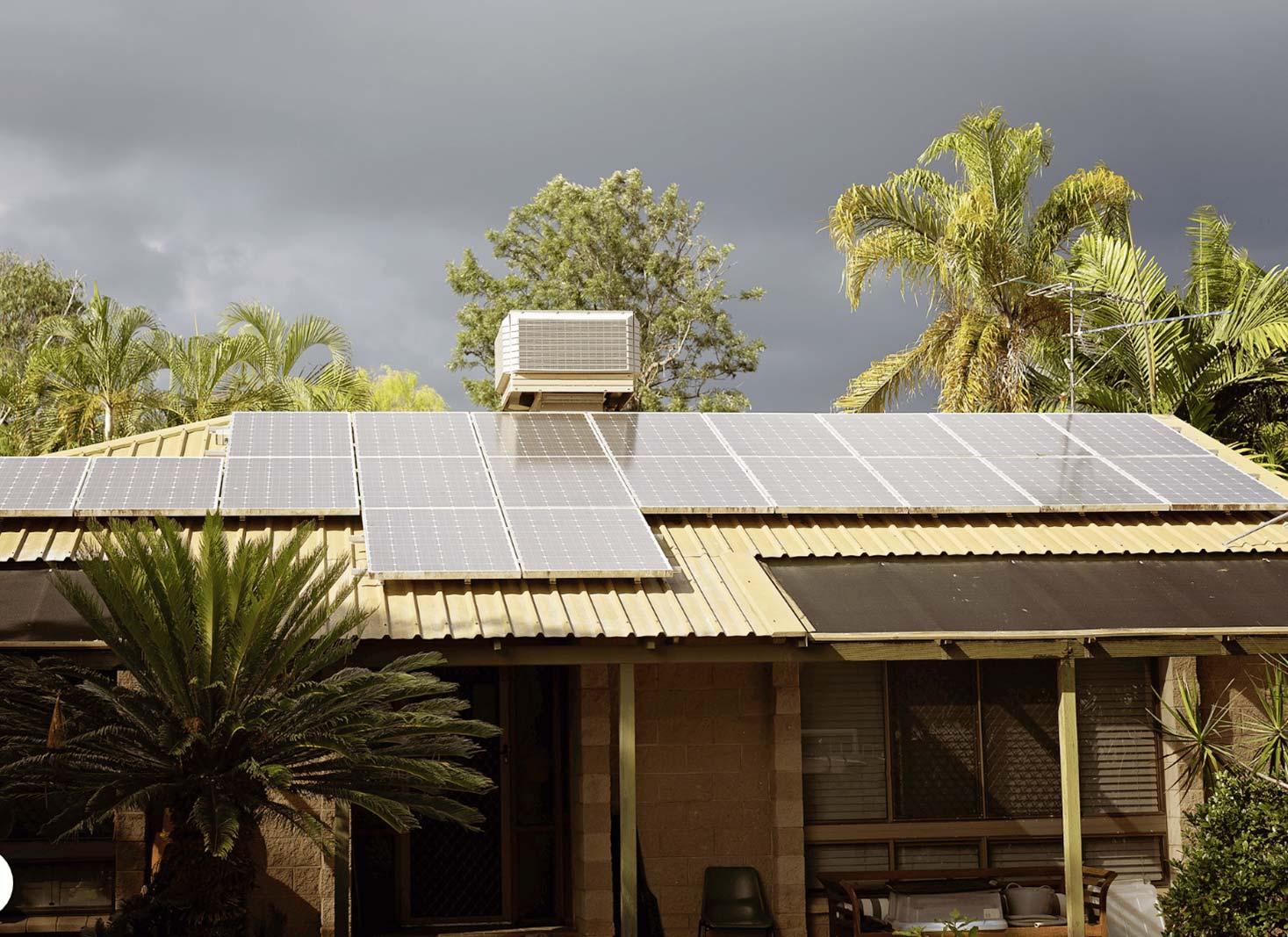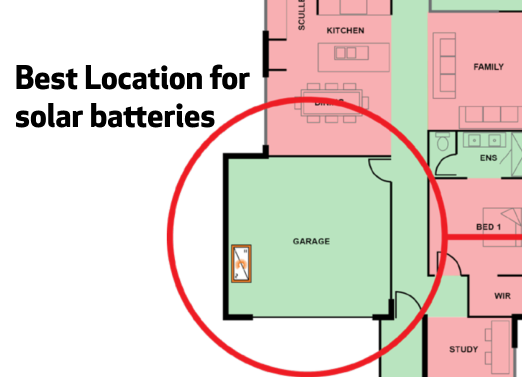Adding Solar Batteries to Existing System- What You Need to Know
Are you ready to supercharge your existing solar system, boost your energy independence, and save money on your electricity bills? Adding solar batteries to existing systems is your ticket to achieving these goals. In this blog post, we’ll walk you through the process of adding solar batteries to your existing system, from understanding their role and benefits to choosing the right battery and navigating installation costs and incentives.
By the end of this guide, you’ll be well-equipped to make an informed decision about whether adding solar batteries to existing systems is the right move for you. So let’s dive in and unlock the potential of your solar system!
Short Summary
- Solar batteries provide reliable solar power and lower electricity bills.
- Adding them to your existing system unlocks a world of benefits, from maximizing self-generated energy consumption to providing backup power during outages.
- With the help of incentives and tax credits, investing in solar batteries can be a wise financial decision that pays off for years!
Understanding Solar Batteries and Their Role in Existing Systems

Solar batteries are revolutionizing the way we harness solar energy. By storing excess power generated by solar panels, solar batteries allow you to use that energy when you need it most, such as during power outages or when the sun isn’t shining.
But how do these marvels of technology work, and what are the advantages of adding them to your existing system? Let’s find out.
How Solar Batteries Work
Solar batteries capture and store the excess energy produced by your solar panels, ensuring that every last drop of solar power is put to good use. With solar battery storage, when your panels generate more power than you need, that energy is stored in the battery for later use, allowing you to rely less on the grid and enjoy the benefits of lower electricity bills.
This is particularly useful during the evening hours or cloudy days when your solar panels aren’t producing as much energy. By tapping into your stored solar energy, you can keep your home running smoothly and efficiently, even when the sun isn’t shining.
Benefits of Adding Solar Batteries to Existing Systems
Integrating solar batteries into your existing system unlocks a world of benefits. First and foremost, adding solar batteries allows you to maximize your self-generated solar consumption. This means that you’re using more of the clean, renewable energy produced by your solar panels, reducing your reliance on fossil fuel-based grid power.
In addition to being more sustainable, this increased solar consumption translates to real savings on your electricity bills. Solar batteries can also provide backup power during outages, ensuring that your home remains powered when the grid goes down. By harnessing solar electricity, you’re not only contributing to a greener future, but also reducing your energy expenses.
And by storing excess solar energy for use during peak times, you can avoid costly peak-time charges and time-of-use rates, further reducing your energy expenses by utilizing stored energy.
Assessing Your Current Solar System
Before diving into the world of solar batteries, it’s crucial to assess your existing solar system to ensure compatibility and determine the best options for your unique needs. This involves examining your existing inverter and considering your system’s capacity and energy usage.
Let’s explore these factors in more detail.
Inverter Compatibility
Your solar inverter plays a critical role in determining whether your existing system can accommodate solar batteries. Hybrid inverters or AC-coupled batteries are often necessary for seamless integration with your solar system. Choosing the right inverter is essential for maximizing the performance of your solar battery and ensuring that your system operates efficiently.
If your solar system already features a hybrid inverter, you’re in luck, as these are designed to work with solar batteries. However, if your system uses a standard inverter, you may need to explore AC-coupled battery options or consider upgrading to a hybrid inverter to connect your solar battery successfully.
System Capacity and Energy Usage
Determining the appropriate battery size and storage needs for your solar system requires evaluating your system’s capacity and energy usage. By understanding how much energy your solar panels produce and how much your home consumes, you can identify the ideal battery size to store excess power effectively.
For example, if you have a large solar array producing ample energy and your household energy requirements are relatively high, you may need a larger battery or even multiple batteries to store enough power for your needs. Conversely, if your solar array is smaller and your energy usage is modest, a smaller battery may suffice.
Choosing the Right Solar Battery for Your System
With a solid understanding of your existing solar system’s compatibility and capacity, it’s time to choose the right solar battery. This involves considering different battery types, each with its own advantages and disadvantages.
Evaluating top solar battery brands is also important to find the best fit for your system.
Types of Solar Batteries
Solar batteries come in various types, such as lithium-ion and lead-acid, each with its own unique attributes. Lithium-ion batteries are known for their long life expectancy and low maintenance requirements, making them a popular choice among homeowners. They also boast more cycles than lead-acid batteries and provide improved power efficiency.
Lead-acid batteries, on the other hand, are a more cost-effective option and require minimal upkeep. However, they generally have a shorter life expectancy than lithium-ion batteries and may require more frequent replacement.
When choosing the right solar battery for your system, weigh the pros and cons of each type to find the best fit for your needs.
Top Solar Battery Brands
As you explore your solar battery options, you’ll encounter a variety of top brands offering cutting-edge battery technology. Some of the leading solar battery brands include Redback, Sungrow and Alpha ESS. Each of these brands offers an impressive range of solar batteries with various capacity options to suit your system’s needs.
When evaluating solar battery brands, consider factors such as storage capacity, efficiency rate, and longevity to ensure you choose a high-quality product that will provide the best performance and value for your solar system.
Installation Process and Costs
Now that you’ve selected the perfect solar battery for your solar systems, it’s time to consider the installation process and costs. Adding solar batteries to existing systems can be a complex and potentially costly endeavor, but the potential savings and benefits make it a worthwhile investment for many homeowners.
The installation process for solar batteries varies depending on the type of system you have and the size of the battery. It’s important to consult with a qualified professional to ensure that the installation is done correctly and safely. Additionally, there are numerous reasons for it.
DC-Coupling vs. AC-Coupling
When it comes to connecting your solar battery to your existing system, you’ll need to choose between DC-coupling and AC-coupling methods. DC-coupling is generally more efficient, as it allows the solar panels to charge the batteries directly, eliminating the need for conversion. However, this method can be more costly to implement.
AC-coupling, on the other hand, is useful for non-hybrid systems and may be more economical upfront. However, this method is slightly less efficient, as it requires an inverter to convert the DC power from the solar panels to AC power for the battery. Weigh the costs and efficiency levels of each method to determine the best approach for your solar battery installation.
Estimated Costs of Adding Solar Batteries
The cost of adding solar batteries to your existing system can range from $10,000 to $20,000, depending on the size of the battery and the installation method. Factors such as the type of battery, inverter compatibility, and the complexity of the installation can all influence the total cost.
While this may seem like a significant investment, the potential savings on your energy bills and the increased energy independence you’ll enjoy can make it well worth the expense. Additionally, incentives and tax credits may help offset some of the costs, making solar battery installation more accessible for many homeowners.
Incentives and Financial Considerations

Adding solar batteries to your current solar energy system can be more affordable with the help of government rebates and subsidies. These incentives can range from a few thousand dollars to up to $14,000, depending on your location and eligibility requirements.
By taking advantage of these financial incentives, you can make the switch to solar batteries more cost-effective and enjoy the many benefits they offer. These benefits include increased energy independence, reduced electricity bills, and a smaller carbon footprint.
Federal Tax Credit for Energy Storage

The federal tax credit for energy storage is available for homeowners installing a battery energy storage system with a capacity of 3 kWh or more. This exciting incentive offers a 30% credit for property placed in service after December 31, 2016, and before January 1, 2020.
By taking advantage of this tax credit, you can significantly reduce the cost of your solar battery installation.
Evaluating Return on Investment
To determine if adding solar batteries to your existing system is a wise financial decision, it’s essential to evaluate your return on investment (ROI). This involves comparing the total cost of adding solar batteries, including the battery itself and installation costs, to the potential savings on your energy bills and any available incentives or tax credits.
If your estimated savings outweigh the costs of adding solar batteries, it’s a strong indication that making the switch is a smart financial move. Additionally, as energy prices continue to rise, your ROI may increase over time, making your solar battery investment even more valuable in the long run.
Legal and Permit Requirements

Before embarking on your solar battery installation journey, it’s crucial to understand the legal and permit requirements that may apply in your area. These requirements vary by location, so it’s essential to check with your local authority to ensure you’re compliant with all relevant regulations.
In addition to obtaining any necessary permits, you may also need to update your interconnection agreement with your local utility company. This agreement outlines the terms and conditions under which your solar system can connect to the power grid, and it may need to be revised to include your solar battery.
Maintenance and Monitoring
To keep your solar battery operating at peak performance, regular maintenance and monitoring are essential. This includes checking the battery’s charge level, inspecting for any signs of damage, and cleaning the battery tops at least twice a year. Additionally, monitoring the battery’s voltage and current levels and recording amp-hours can help maximize its performance.
An Energy Management System can be a valuable tool for controlling and monitoring your energy usage. By providing real-time data on your solar battery’s performance and your home’s energy consumption, these systems can help you identify potential areas for improvement and ultimately save up to 30% on your utility bills.
Summary
In conclusion, adding solar batteries to your existing system can unlock a wealth of benefits, from increased energy independence and reduced electricity bills to backup power during outages. By understanding the different types of solar batteries, assessing your current solar system’s compatibility, and navigating installation costs and incentives, you can make an informed decision about whether solar batteries are the right choice for you.
So, why wait any longer? Take the leap and supercharge your solar system with the addition of solar batteries, and enjoy a brighter, greener, and more sustainable future.
FAQ's
Yes, you can add a Redback battery to your existing solar system! It’s easy to do and will enable you to store more of the energy you generate with your solar array.
With a Redback, you’ll be able to take full advantage of your solar energy, and store it for use when the sun isn’t shining.
Adding a battery to your solar system could cost as little as $7000, with monthly payments of around $105 over 5 years, and larger Redback batteries costing up to $14,000 fully installed.
Let’s find the perfect option for your needs and budget today!
Absolutely! Installing a battery with your off-grid solar system will allow you to better capture and use the energy generated by your solar panels. This can help you take full advantage of your system, giving you more control over your energy use than ever before.
With a battery, you can store energy for later use, meaning you don’t have to rely on batteries.
Considering the cost of the solar panels and installation, it’s worth considering a battery storage system if you’re looking to maximize the efficiency of your solar energy and use most of your electricity after dark or during peak times.
Installing a dedicated inverter along with a battery will provide a convenient, long-term storage solution for solar energy.
Adding solar batteries to your existing system can maximize energy savings, provide greater independence from the grid, and increase your self-generated solar consumption.








